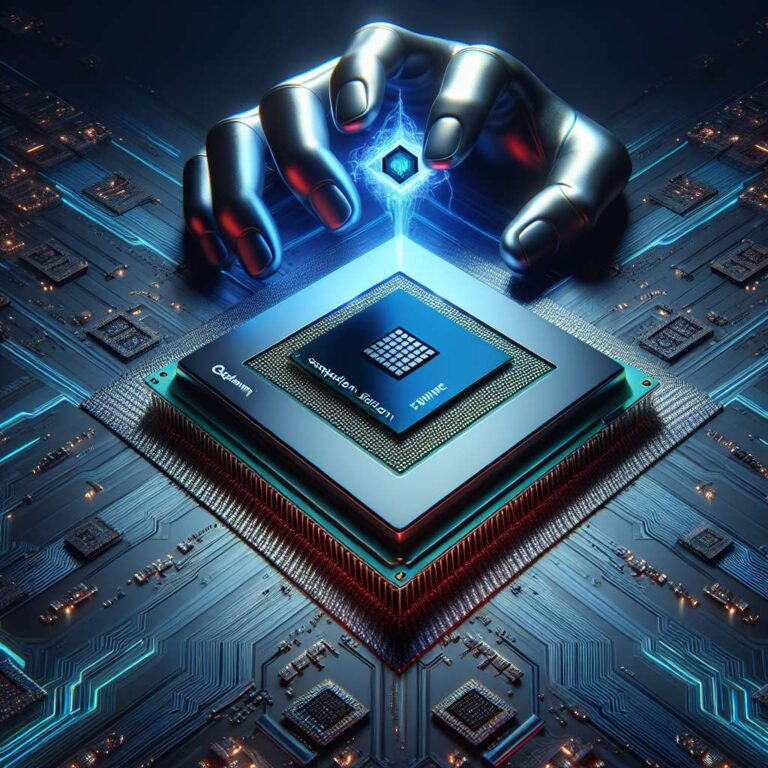Qualcomm has announced two new Windows notebook processors, the Snapdragon X2 Elite and the Snapdragon X2 Elite Extreme, positioned to challenge AMD’s Ryzen AI+ 395 and deliver substantial gains over prior generations. The Extreme headline features include up to 18 Oryon CPU cores and a 5.0 GHz boost, while both models add new Adreno GPUs with hardware ray tracing and broad modern graphics API support. Multi-display capabilities and next-gen connectivity round out a platform designed to power Copilot+ PCs and run multiple Artificial Intelligence workloads locally.
The Snapdragon X2 Elite Extreme is built on TSMC’s 3 nm process and combines 12 prime with 6 performance cores, with two of the prime cores able to boost to 5.0 GHz. Qualcomm says this makes it the first Arm-based consumer processor to reach that speed. The Extreme supports up to 128 GB of LPDDR5X-9523 memory delivering 228 GB/s of bandwidth and includes 53 MB of cache. Its NPU is rated for up to 80 TOPS, and the GPU is the Adreno X2-90, bringing hardware ray tracing and support for DirectX 12.2 Ultimate, Vulkan, and OpenCL 3.0.
The standard Snapdragon X2 Elite scales back to up to 12 cores on TSMC’s 4 nm process with a 4.7 GHz peak on one core. It matches the 128 GB memory ceiling but at lower bandwidth, and cache is reduced to 34 MB. Artificial Intelligence performance lands at up to 45 TOPS on the NPU, and graphics are handled by the Adreno X2-85, which also supports hardware ray tracing and the same modern APIs. Qualcomm positions both chips as suitable for Copilot+ PCs, enabling several on-device Artificial Intelligence tasks to run concurrently.
Across the lineup, the chips can drive up to three 4K external displays at 144 Hz or two 5K monitors at 60 Hz. Connectivity options include Wi-Fi 7 via FastConnect 7800 and optional 5G with the Snapdragon X75 modem. I/O differs by tier, with PCIe 5.0 on the Extreme and PCIe 4.0 on the Elite, plus support for NVMe SSDs, UFS 4.0, and multiple USB4 ports. The first notebooks featuring the Snapdragon X2 Elite and Elite Extreme are expected in the first half of 2026, with early benchmarks anticipated soon.

